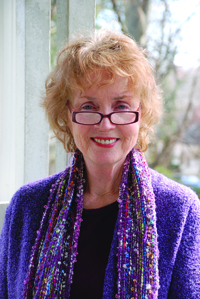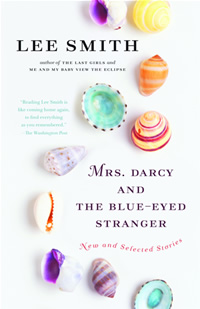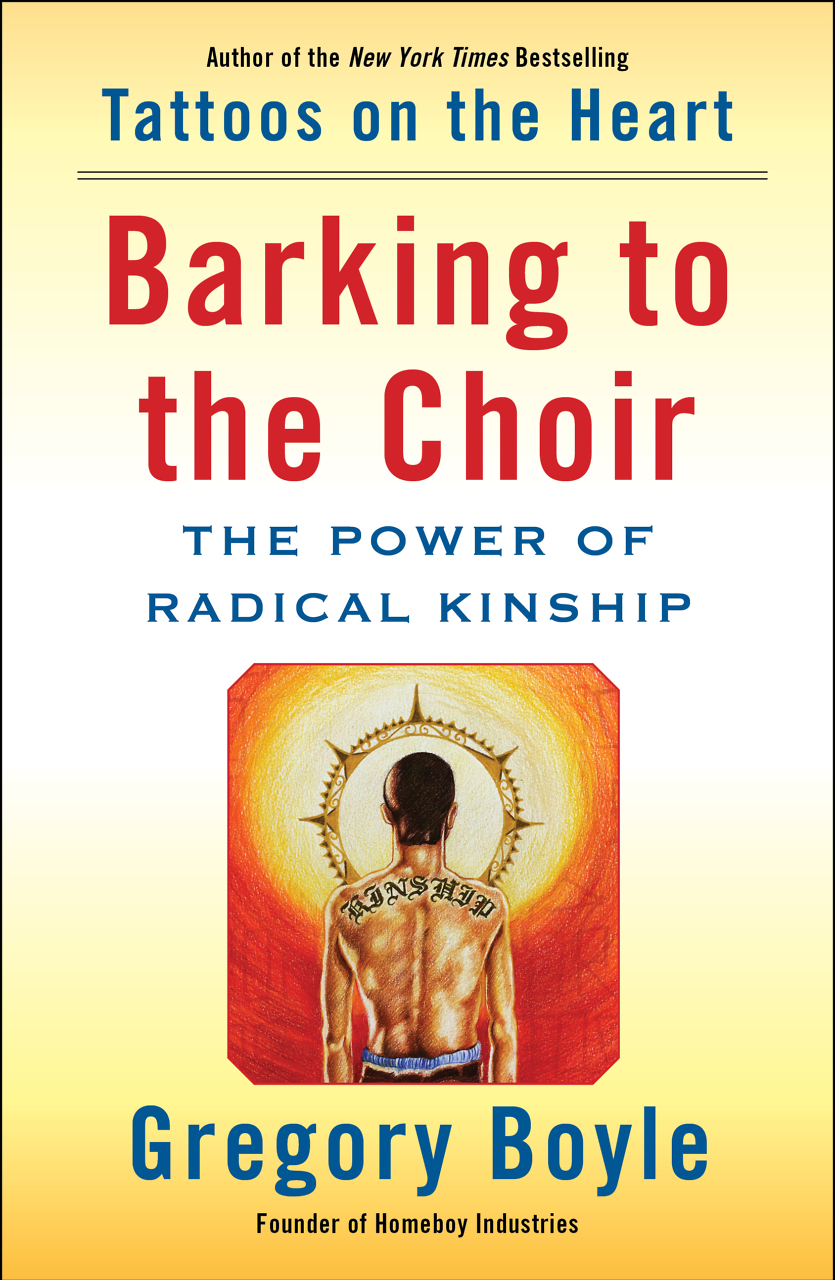Home-Town Heartache
Lee Smith’s new story collection captures the pathos of life outside the big city
Former Nashvillian Lee Smith wrote her first novel in 1968, The Last Day the Dogbushes Bloomed, while still an undergraduate at Hollins College. Since then she’s written eleven more, plus three collections of short stories. A playwright as well, Smith’s Good Ol’ Girls—written with fellow author Jill McCorkle and featuring music courtesy of Nashville’s own Matraca Berg and Marshall Chapman—made its off-Broadway debut last winter. With her latest effort, Mrs. Darcy and the Blue-Eyed Stranger: New and Selected Stories, Smith only adds to her successes. As the narrator of “Folk Art” says, “Once you get something going, it takes on a life of its own.”
Many of the stories in Mrs. Darcy and the Blue-Eyed Stranger first saw publication in magazines and journals such as The Atlantic, the Oxford American, and The Southern Review. Smith is more than a Southern writer. Her stories don’t so much highlight the differences between North and South as they focus on the range of experiences available in small towns and close-knit communities, places often far removed from urban centers. There is no influx of “transplants” moving to the towns where Smith’s characters live. These people have been there for generations. They know whom to call when a parent is sick because, as Dee Ann Sims explains in “Big Girl, “there is somebody like me in every town, that is good at staying with old people.” Where Dee Ann lives, the high-school football game is the “main thing going on. Everybody in town comes to the games—old people, teenagers, little kids, women holding tiny wrapped-up babies in their arms.”
 Smith’s protagonists vary in gender, age, and income, but they’re all linked by their connection to home, to the communities and families Smith so deftly creates for each of them. Whether they’re coming or going—escaping town for a dream or running back after a miscalculation in love—these characters are deeply entrenched in their past, in their memories of first loves, first marriages, and fathers and mothers now long gone. More than one character has had the same best friend since first grade; two others marry people they’d pined for in high school. At the same time, however, they’re constantly confronted by the incursions of a changing world. Growing up, such people “didn’t know anybody who was divorced,” but now, as one character thinks to herself, “Everybody was. Including her.”
Smith’s protagonists vary in gender, age, and income, but they’re all linked by their connection to home, to the communities and families Smith so deftly creates for each of them. Whether they’re coming or going—escaping town for a dream or running back after a miscalculation in love—these characters are deeply entrenched in their past, in their memories of first loves, first marriages, and fathers and mothers now long gone. More than one character has had the same best friend since first grade; two others marry people they’d pined for in high school. At the same time, however, they’re constantly confronted by the incursions of a changing world. Growing up, such people “didn’t know anybody who was divorced,” but now, as one character thinks to herself, “Everybody was. Including her.”
Comprised of fourteen individual stories, Mrs. Darcy and the Blue-Eyed Stranger isn’t an attempt by Smith to cash in on the Jane Austen spin-off frenzy, a craze she didn’t know about when she chose the title. The book features seven new stories and a compilation of “greatest hits” from past collections. The title story, along with “Between the Lines,” first appeared in Smith’s 1970 Cakewalk. 1997’s News of the Spirit contributes two more (“The Happy Memories Club” and “Southern Cross”), but 1990’s Me and My Baby View the Eclipse provides the best of the best. “Bob, a Dog,” “Intensive Care,” and “Tongues of Fire” are examples of how to tell a story and tell it well. There’s humor and heartache, and, in “Tongues of Fire,” one of the best first lines out there. Narrated by the irrepressible and unforgettable Karen, the story begins, “The year I was thirteen—1957—my father had a nervous breakdown, my brother had a wreck, and I started speaking in tongues.”
 Great first sentences—along with great lines in general—are Lee Smith’s gift. Whether it’s one character’s off-hand description or another’s small moment of clarity, the result is a confluence of perfect phrasing and insight. “When you get too old to be cute, honey, you get to be eccentric,” says a character in “Intensive Care.” Most often Smith’s characters play the lines straight, making what they have to say all that much funnier. In “Bob, A Dog” the narrator explains another character’s sexual restraint by noting that “Cheryl had been so religious in high school, plus they all wore panty girdles in those days.” (Cheryl is the same character whose best friend thinks Cheryl’s husband “is an asshole instead of an enigma.”)
Great first sentences—along with great lines in general—are Lee Smith’s gift. Whether it’s one character’s off-hand description or another’s small moment of clarity, the result is a confluence of perfect phrasing and insight. “When you get too old to be cute, honey, you get to be eccentric,” says a character in “Intensive Care.” Most often Smith’s characters play the lines straight, making what they have to say all that much funnier. In “Bob, A Dog” the narrator explains another character’s sexual restraint by noting that “Cheryl had been so religious in high school, plus they all wore panty girdles in those days.” (Cheryl is the same character whose best friend thinks Cheryl’s husband “is an asshole instead of an enigma.”)
There’s a familiar quality to Smith’s writing; her small revelations of truth—about love, life, what it’s like to have a husband move out and take up residence with his new girlfriend in the Swiss Chalet Apartments—read like “aha” moments. In “Big Girl,” the main character says, “The truth is that most times, you don’t even know something has started until you’re right in the middle of it, and even then, you don’t necessarily recognize what it is. It creeps up on you.” This is what Lee Smith does for her readers: she wraps them in storytelling.
Lee Smith will appear at Davis-Kidd Booksellers in Memphis on April 30 at 6 p.m., and at Davis-Kidd Booksellers in Nashville on May 1 at 2 p.m.


